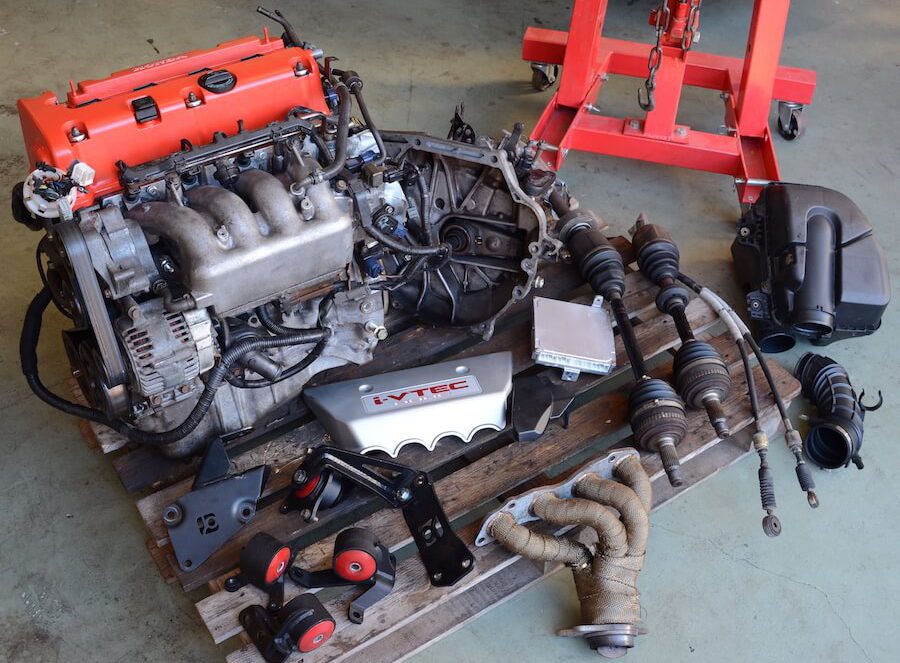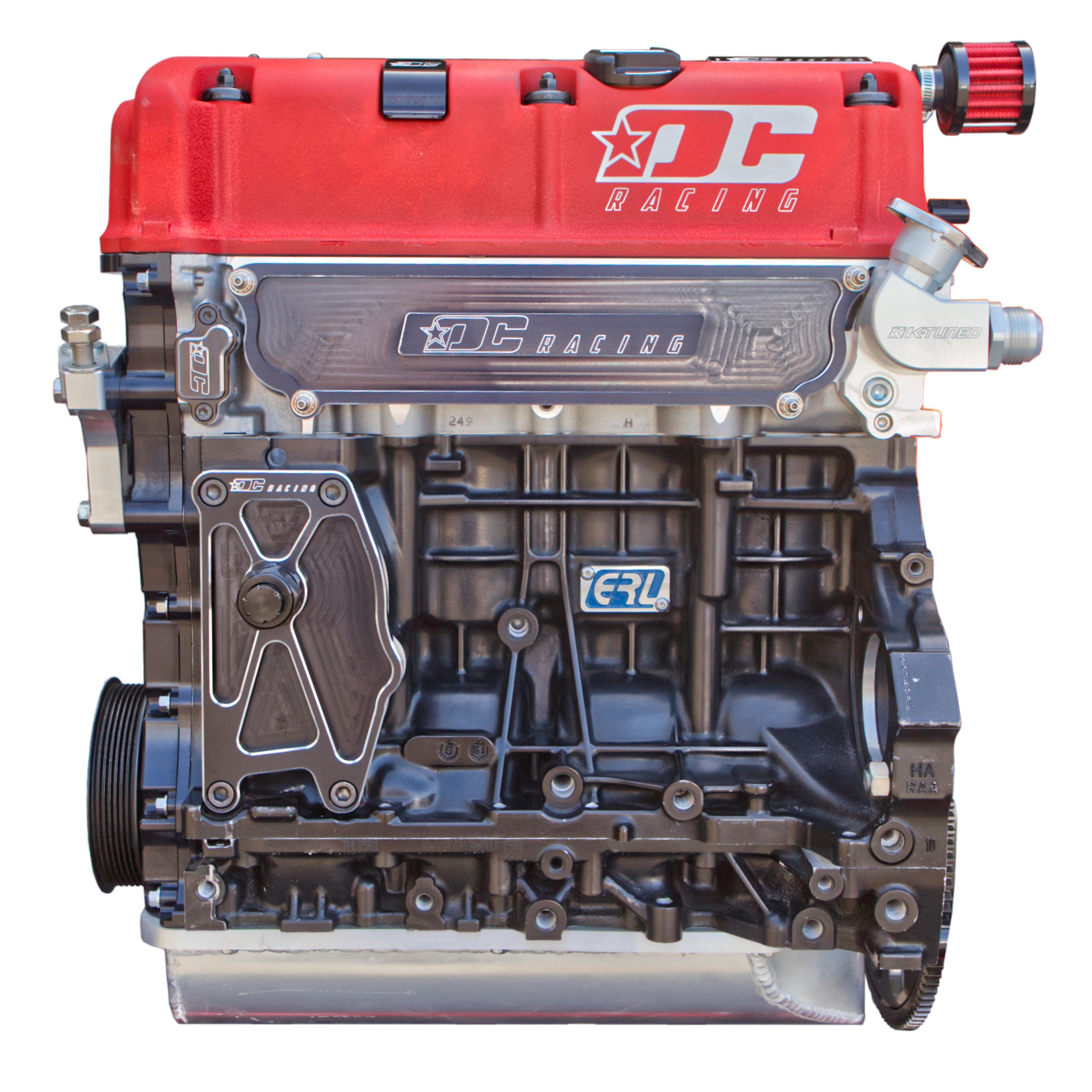Learn About the Engine Details and Torque Output of the K20 Engine
All Concerning the K20 Engine: Trick Insights Into Its Layout and Efficiency Conveniences
The Honda K20 engine, a remarkable piece of design, continues to be a subject of intrigue amongst auto fanatics and specialists alike. The one-of-a-kind mix of its premium layout, high-revving ability, and remarkable power outcome sets it apart in the world of automotive engines. However, to truly appreciate its ingenuity, one need to take a look at the elaborate details of its construction and efficiency. Allow's get started on a trip to understand the intricacies that make the K20 engine a standout entertainer.
The Origin and Evolution of the K20 Engine
The K20 engine, a marvel of vehicle design, traces its roots back to the turn of the millennium. Over the years, the K20 engine has progressed, integrating technical developments whilst preserving its core style ideology. Despite the rise of newer engines, the K20 still holds its ground, a testimony to its well-conceived beginnings and continual refinement.
Comprehending the Style of the K20 Engine
The K20 engine's special framework is a wonder of design that establishes it besides its equivalents. Its efficiency attributes and requirements highlight the meticulous attention to detail and innovation that went into its development. The engine's cooling and lubrication systems even more demonstrate the ingenious method taken in its style.
K20 Engines Distinct Structure
While numerous engines boast excellent specs, it is the distinct structure of the K20 engine that sets it apart. Honda, the manufacturer, designed this engine as component of the K-series, which are four-cylinder, four-stroke engines. The K20, especially, includes a light weight aluminum cylinder block with a cast iron cyndrical tube lining. Its small structure is amazing for its high-revving nature, which is supported by a twin expenses camshaft (DOHC) design. This DOHC design, incorporated with the VTEC system (Variable Shutoff Timing and Lift Electronic Control), guarantees efficient gas burning and a broad powerband. Such a considered framework is just one of the reasons the K20 engine has obtained an online reputation for its high efficiency and reliability.
Efficiency Features and Specs
In order to genuinely understand the K20 engine's remarkable performance, one should look into its detailed style and technological specs. This resourceful engine, a product of Honda's design prowess, flaunts a 2.0 L displacement, and a four-cylinder, DOHC i-VTEC configuration. Its layout permits a peak power result of approximately 200 horse power, running efficiently at 7,800 RPM. The K20 engine additionally features a high compression ratio of 11:1, boosting fuel effectiveness and power generation. Its light-weight construction, achieved with the usage of an aluminium block and head, improves the power-to-weight ratio, supplying a side in terms of velocity and handling. Keep in mind that the K20's performance is likewise dramatically affected by its specific transmission pairing and tuning.
Innovative Air Conditioning and Lubrication
Couple of aspects of the K20 engine's layout are as vital to its performance as its ingenious air conditioning and lubrication system. It features a high-flow oil pump and an one-of-a-kind oil strainer layout to make sure clean, unblocked oil flow to important engine elements. This cutting-edge cooling and lubrication arrangement is a crucial factor in the K20 engine's distinguished resilience and performance, giving vital protection against wear and thermal damages.
The Technical Specifications of the K20 Engine

Efficiency Characteristics of the K20 Engine
In analyzing the K20 engine, one should take into consideration a number of efficiency qualities. Especially, the power output and the style includes improving efficiency are crucial facets to examine. Similarly important is the consideration of gas efficiency, demonstrating the engine's financial viability.
K20 Engine's Power Outcome

Layout Features Enhancing Performance
Regardless of its compact size, the K20 engine flaunts numerous design functions that dramatically enhance its efficiency. Recognized for its high-revving nature, it uses a double expenses camshaft (DOHC) format, Source which permits better valve control and greater efficiency at faster speeds. The execution of Honda's i-VTEC system further optimizes valve timing, adding to the K20's remarkable power output. A dramatically square bore and stroke proportion help in attaining an equilibrium between torque and horsepower. This engine also features a light-weight, die-cast light weight aluminum block that reduces overall weight, resulting in enhanced automobile characteristics and velocity abilities. These style aspects interact, making the K20 a standout entertainer in its course. K20 Engine.
Fuel Efficiency Considerations
Although the K20 engine is renowned for its power and performance, its gas performance factors to consider can not be ignored. Integrated right into its style are features that contribute to its impressive gas economic situation. These include a compact burning chamber and the usage of lightweight materials that lower engine tons. Additionally, its Variable Valve Timing and Raise Digital Control (VTEC) system optimizes power result at high RPMs without endangering fuel performance at reduced rates. The engine's computer-controlled system likewise fine-tunes gas injection and ignition timing, better improving gas economic climate. The K20 engine uses an impressive mix of efficiency and fuel performance, making it a choice engine for several performance and economy-minded vehicle drivers.
Typical Applications and Use the K20 Engine

The Benefits and Drawbacks of the K20 Engine
Having established the K20's extensive use in different applications, it's just as vital to consider its benefits and disadvantages. On the silver lining, the K20 engine is admired for its high efficiency and integrity. Its portable layout permits reliable power result, making it a favored amongst auto enthusiasts. In addition, the K20's resilience ensures it can handle demanding motoring problems with marginal upkeep. The engine is not without its drawbacks. The initial cost of the K20 can be high, hindering some possible purchasers. Moreover, in spite of its resilience, when repair work are necessary, the customized components can be expensive. Its powerful efficiency may lead to greater fuel consumption, posing an obstacle for those seeking gas effectiveness.
Final thought
In final thought, Honda's K20 engine, introduced in 2001, is a wonder of automobile design. In spite of some downsides, the K20 engine's benefits plainly exceed them, making it a remarkable task in the automobile sector.
While numerous engines flaunt outstanding requirements, it is the special framework of the K20 engine that sets it apart. Honda, the supplier, developed this engine as component of the K-series, which are four-cylinder, four-stroke engines.Few elements of the K20 engine's design are as vital to its performance as its inventive air conditioning and lubrication system.In spite of its portable size, the K20 engine boasts numerous design page functions that significantly improve its efficiency. The K20 engine offers an excellent mix of performance and fuel performance, making it a choice engine for numerous efficiency and economy-minded vehicle drivers.